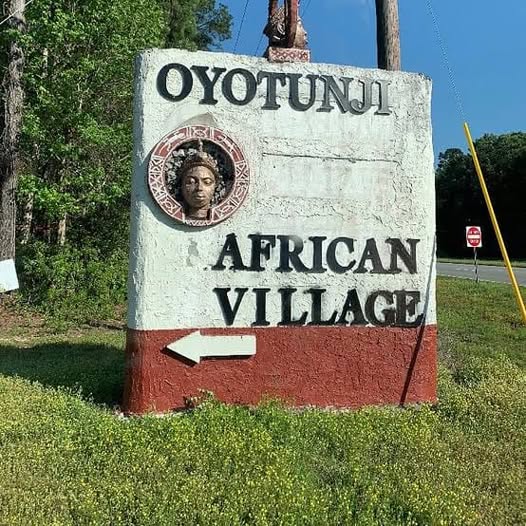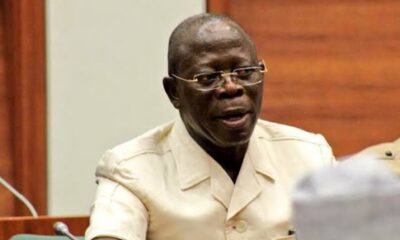The transatlantic slave trade scattered millions of Africans across the Americas, many of whom carried their cultural and religious heritage with them into bondage. Among these groups were the Yoruba people, who preserved and passed down their language, traditions, and spiritual practices through generations—even in foreign lands where such identities were systematically suppressed.
One of the most remarkable legacies of this cultural preservation is Oyotunji African Village, located near Sheldon, in Beaufort County, South Carolina, United States. Oyotunji, meaning “Oyo returns” or “Oyo resurrects”, is considered North America’s oldest authentic African village. The community was founded in 1970 by His Royal Highness Oba (King) Waja, Ofuntola Oseijeman Adelabu Adefunmi I, a Black American who sought to revive Yoruba culture and spiritual practices in the diaspora.
The Founder: Oba Adefunmi I
Born Walter Eugene King on October 5, 1928, in Detroit, Michigan, USA, Oba Adefunmi was raised in an environment that encouraged cultural exploration. After graduating from Cass Technical High School, he joined the Katherine Dunham Dance Troupe, which led to exposure to African and Caribbean spiritual traditions. His travels to Haiti deepened his knowledge and interest in Yoruba spirituality.
In 1959, he became the first African-American to be fully initiated into the Orisha-Vodun African priesthood by Afro-Cuban priests in Matanzas, Cuba. Following this initiation, Adefunmi founded the Sango Temple in Harlem, New York, which later became the Yoruba Temple. He also incorporated the African Theological Arch Ministry in 1960 to promote Yoruba religious practices.
The Founding of Oyotunji Village
In 1970, Adefunmi established Oyotunji African Village, laying the foundation for a community rooted in traditional Yoruba customs, governance, and spiritual systems. The village spans 27 acres and was structured based on the sociopolitical and religious traditions of the Yoruba and Dahomey tribes of West Africa. The aim was to build an autonomous African-centered society within the U.S., free from Western cultural domination.
To deepen his cultural legitimacy and religious authority, Adefunmi traveled to Abeokuta, Nigeria, in 1972, where he was initiated into the Ifa priesthood by the Oluwo of Ijeun. Later that same year, he was crowned Alase (Oba or King) of the Yoruba of North America at Oyotunji.
Leadership Legacy
Oba Adefunmi I led Oyotunji until his passing on February 10, 2005. Since then, leadership has been passed on to his son, Oba Adejuyigbe Adefunmi II, who now reigns as the Oloyotunji of Oyotunji. Under his leadership, the village continues to serve as a hub for African spiritual revival and cultural education in the diaspora.
Significance
Oyotunji stands as a powerful symbol of cultural resilience and identity preservation. It is more than just a geographical space—it is a statement of cultural autonomy, spiritual revival, and reconnection with African roots. Today, Oyotunji remains a living embodiment of Yoruba heritage in the heart of America.
FOLLOW US ON:
FACEBOOK
TWITTER
PINTEREST
TIKTOK
YOUTUBE
LINKEDIN
TUMBLR
INSTAGRAM































